Episode #759
August 19, 2023
The world wide heat wave has me concerned.
Land temperatures under a Spanish heat dome are as high as 140°.
Ocean temperatures in Florida exceed 100°.
20,000 people die from heat in Europe on average every year, yet 62,000 died from the effects of heat in Europe last year.
Recently US deaths due to heat hit a yearly average of 700 people.
Not surprisingly, Death Valley, CA, Big Bend, TX, and Grand Canyon, AZ are responsible for half the deaths in National Parks, because of the heat.
Heat is the deadliest type of weather.
Even less than extreme heat can make someone sick or kill them.
Rapid change of environmental temperature from cold to hot can have serious physical effects such as dizziness, fatigue, headache, difficulty in breathing, or even heat stroke.
Symptoms of heat stroke include:
- Confusion, altered mental status, slurred speech
- Loss of consciousness (coma)
- Hot, dry skin or profuse sweating
- Seizures
- Very high body temperature – body temperature can rise to 106°F or higher within 10 to 15 minutes.
These symptoms can lead to death if treatment is delayed
Recently, while skydiving I experienced dizziness from rapid temperature change.
I went from from 65° in freefall to 105° on the ground in a few minutes. As I landed I felt light headed and my vision blurred slightly.
I had been drinking water, but probably not enough. I called it a day and went under the shade tree to cool down and hydrate. My impaired awareness and the treacherous wind conditions that came with the heat made it unsafe to skydive.
Best not to jump in the heat.
As a young man I worked in an ice cream freezer warehouse. The warehouse had heat zones.
The outside temperature at the warehouse near downtown LA in the summer was 110°.
The anti room of the warehouse was kept at 60°.
The bottom floor of the warehouse was 30°.
The second story freezing shelf was 30° below zero.
The ice cream came freshly homogenized from the factory on a conveyor belt. It was the consistency of soft serve. These square half gallon containers were lifted on end and stacked in a row. Each row was pushed onto a roller bed that took the ice cream across the warehouse in front of a dozen giant Freon-chilled fans. When the containers made it frozen to the other end they would slide down a ramp to the pallet stacking station.
A typical duty rotation was:
- Spend 20 minutes next to the lifter in 30° below. We wore parkas, gloves, masks and snow boots to stay warm. The lifter job was to watch the conveyor belt for lifter jams. If the lifter jammed, you off loaded the incoming ice cream containers from the conveyor, blow torched the lifter, then loaded the ice cream back in between the incoming containers. The factory never stopped so you had to be fast. Between lifter jams a fun thing to do was to take a broken 1/2 gallon container and squeeze it like a pushup. Delicious.
- After the 20 minutes you would go down to the 30° above warehouse and work organizing the pallets for another 30 minutes. One of the pallet jobs was to catch the ice cream containers as they slid down from the top floor. You grabbed two at a time and pivoted to criss cross stack them onto a pallet.
- After working in the warehouse you went into the 60° anti room for 10 minutes of “warming up”.
- When you walked back out into the 110° summer, the heat hit you like a wall. You stripped off the parka, gloves, mask and boots to take a 10 minute break.
- After your break it started all over again.
We were all pretty young and only a few of us fell ill from the temperature changes.
It does not require skydiving or freezer warehouse work to suffer extreme temperature changes. Simply entering or leaving an air conditioned building when the outside temperature is 100°+ can be harmful.
Continual sun exposure while gardening, exercising or even walking in the heat can damage your body. When participating in these activities drink 1-2 liters of water per hour. Not more or you risk brain swelling. If you have any medical conditions consult your doctor on the amount of water you should consume.
Heat stroke has many warning signals:
Persistent headaches.
Sluggish bowel function.
Dull skin.
Fatigue.
Weight gain.
Dry mouth.
Up to 103° body temperature.
Rapid or strong pulse.
Fainting.
Dehydration can cause seizures, swelling of the brain, kidney failure, shock, coma and even death.
Blood pressure diuretics and allergy medications dry you out (prevent you from sweating – your first defense against heat). Hypertension medication also prevents heart rate increase (another bodily defense that cools you down).
Antibiotics lower defense against severe sunburn (which can lead to skin cancer).
When the weather is as hot as it has been, stay in the house during the heat of the day. Venture out only in the mornings and evenings. Stay cool.
If you must go out in the heat, you can freeze water in a ziplock baggie and use it as an ice rub that can keep your body temperature down.
Surviving a heat wave is a balance, like the chemistry of your body.
PLEASE BUY MY BOOKS:
“Skydivers Know Why Birds Sing” by Ricki T Thues is now available on Amazon.
It is a Love story of Rick and Paula Thues and their 35 years of Skydiving.
Click HERE to buy the paperback or Kindle ebook at Amazon.
Follow Ricki T Thues on Amazon HERE.
ALSO AVAILABLE:
“Technically Human” by Ricki T Thues, the iMentor, is available on Amazon.
It is a compilation of selected episodes from this bLog which tell the story of Humanity through the eyes of the iMentor.
Click HERE to buy the paperback or Kindle ebook at Amazon.
The ebook version of “Technically Human” is also available on Kobo. Click HERE.
For you Barnes and Noble Nook readers it is available for Nook. Click HERE.
The “Technically Human” ebook is also available on Apple Books . Click HERE.




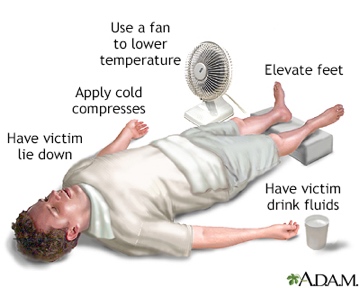
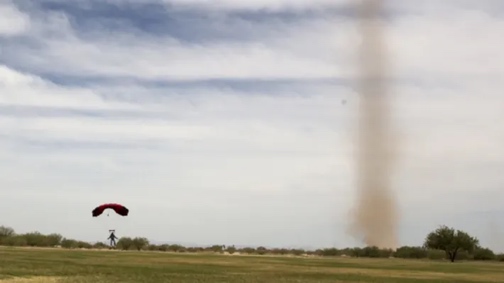
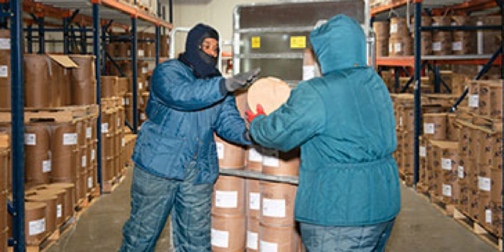
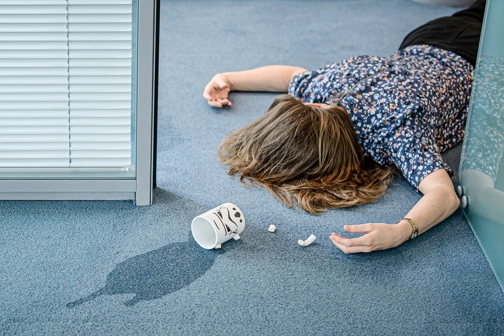
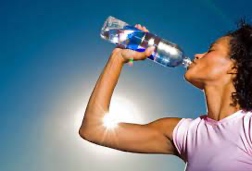

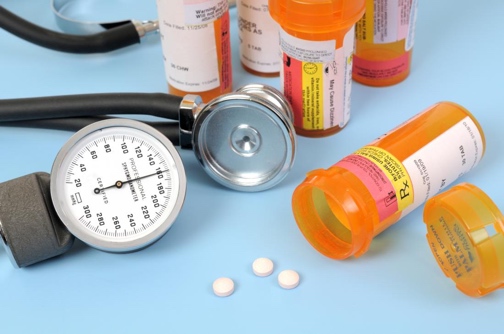




Pretty cool narration for a very hot topic. Great job as usual.
Why I hate jumping on hot days….dust devils, they are very real and very scary!